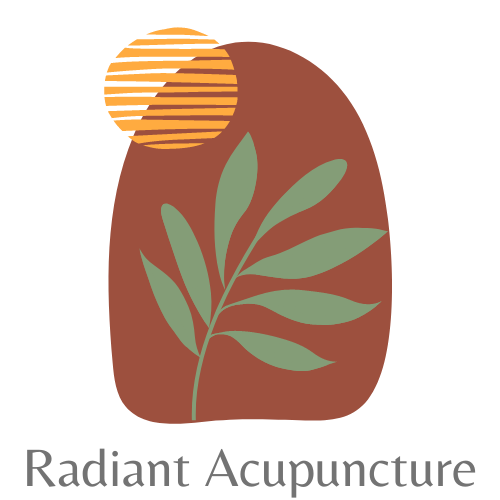Cupping & Guasha
Cupping and guasha are centuries old medical techniques. Both techniques are used for their ability to reduce pain in both chronic, and sub-acute pain presentations. Other therapeutic benefits include reducing inflammation, oxidative and muscular stress as well as immunoprotective benefits.
Cupping and guasha both bring blood to the surface, just below the skin. Guasha does this via friction, and cupping via suction. This process is called extravasation. Extravasation does not damage blood vessels, or break the skin. However, it will cause colored marks varying from light red to dark purple. It is important to note that while they appear and fade like, they are not conventional bruises, nor are they painful.
What is Cupping?
Originally used in folk medicine from 1500 BCE in ancient Chinese, Egyptian, and Middle Eastern Cultures. Also, in England in the 1800s hospitals to treat contagious diseases. The cups were originally made from animal horns, pottery, or bamboo. They are now they are commonly made from glass or plastic.
The cupping technique uses heat or pump suction to create a vacuum seal placed on the skin. This breaks up adhesions that are blocking the flow of nutrients to different parts of the body. The cups can be stationary for up to 10 minutes, or lubricant (e.g. oil) can be glided across the skin.
Cupping therapy is effective in helping relieve pain and stimulating the lymphatic system and blood flow, which aids in the removal of toxins and facilitates healing. The release of tension and improvement of blood flow promotes healing throughout the whole body, helping to treat stress, anxiety, and respiratory symptoms, colds, flus, and boost immunity.
What causes the markings?
In areas with pain and injury, old blood, lymph, cellular debris, and toxins have often accumulated. Cupping will leave marks that indicate that the stagnation has been released from that area and moved to the surface layers of the tissue, where the body’s capillary system can carry it away to be metabolized and excreted. The color of the marks depends on the level of stagnation in the area. The darker the color, the more stagnation. Marks range from pink to bright red to purple, usually lasting several days to a week. If there is no pain or stagnation present, only a light pink mark will disappear quickly after treatment. Areas with old trauma or injury may require multiple cupping treatments to clear all stagnation. Generally, the marks are less and less with each subsequent treatment as the stagnation improves.
Cupping marks are not bruises. Although the marks can look dramatic, it feels terrific and leaves you feeling immediately better, looser, and with less pain and tightness. It’s pretty amazing, and our patients love it. The markings normally fade and disappear within a week.
What is Guasha?
Guasha began in 475 BCE in ancient China. Where the act of scraping the skin cleared and dispersed diseases. It was used to treat pain (acute and chronic), nausea, coughing, limited range of motion, fever, and inflammation.
Gua is translated as ‘scraping’ and sha refers to the little red or purple petechiae that emerge on the skin's surface as a result of the technique. It is a mild to firm, unidirectional pressure stroke using a blunt tool to stimulate microcirculation. It stretches the connective tissue and softens adhesions; this helps to improve blood and lymphatic circulation.
Guasha helps circulation by moving energy and blood and removing stagnation. It expels heat, fevers, and upper respiratory infections and can calm the nervous system.
Cupping & Guasha Aftercare:
To get the full benefits of this therapy and to avoid any negative side effects, it is recommended to try to refrain from the following (or avoid excessive amounts of) for just 24 hours after your treatment:
Alcohol
Caffeine
Sugary drinks
Sugar, dairy, or processed meats
Clothing that does not breathe
Intense exercise
Saunas/steam rooms/hot tubs
Strong air conditioning, cold plunges, cold and windy environments or conditions


